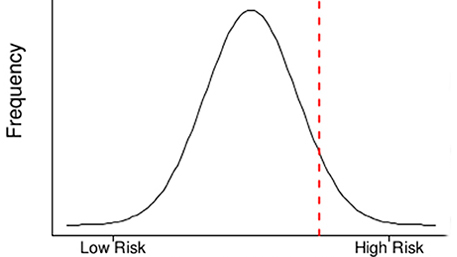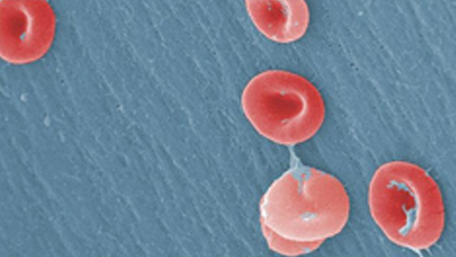
05/22/2021
Hot Topics of the Day are picked by experts to capture the latest information and publications on public health genomics and precision health for various diseases and health topics. Sources include published scientific literature, reviews, blogs and popular press articles.
Sign up MyPHGKB to receive the daily hot topic email alert.
Archived Hot Topics of the Day By Date
Will polygenic risk scores for cancer ever be clinically useful?
A Sud et al, NPJ Precision Oncology, May 21, 2021
Comparing machine learning algorithms for predicting ICU admission and mortality in COVID-19
S Subudhi et al, NPJ DIgital Medicine, May 21, 2021
SARS-CoV-2 variants: Subversion of antibody response and predicted impact on T cell recognition
DM ALtman et al, Cell Rep Med, May 2021
Characterization of the Second Wave of the COVID-19 Pandemic in India: A Google Trends Analysis
A Visaria et al, MEDRXIV, May 21, 2021
Detection of SARS-CoV-2 in saliva using tailed amplicon sequencing
A Garoutte et al, MEDRXIV, May 21, 2021
Effectiveness of the CoronaVac vaccine in the elderly population during a P.1 variant-associated epidemic of COVID-19 in Brazil: A test-negative case-control study
OT Ranzani et al, MEDRXIV, May 21, 2021
Performance of the TaqMan COVID-19 Pooling Kit for detection of SARS-CoV-2 in Asymptomatic and Symptomatic populations at an Institution
T Ganz et al, MEDRXIV, May 21, 2021
Dysbiosis and structural disruption of the respiratory microbiota in COVID-19 patients with severe and fatal outcomes
AH Teran et al, MEDRXIV, May 21, 2021
Use of Environmental Variables to Predict SARS-CoV-2 Spread in the U.S.
RS Haring et al, MEDRXIV, May 21, 2021
Early Detection of COVID-19 Outbreaks Using Human Mobility Data
G Guan et al, MEDRXIV, May 21, 2021
Epidemiological characteristics of three SARS-CoV-2 variants of concern and implications for future COVID-19 pandemic outcomes
W Yang et al, MEDRXIV, May 21, 2021
Rapid identification of Sars-CoV-2 variants of concern using the portable peakPCR platform
S Hosch et al, MEDRXIV, May 21, 2021
Real-time SARS-CoV-2 diagnostic and variants tracking over multiple candidates using nanopore DNA sequencing
F Studer et al, MEDRXIV, May 22, 2021
Steps to Better Health for People with Sickle Cell Disease Toolkit
CDC, April 2021

Disclaimer: Articles listed in Hot Topics of the Day are selected by Public Health Genomics Branch to provide current awareness of the scientific literature and news. Inclusion in the update does not necessarily represent the views of the Centers for Disease Control and Prevention nor does it imply endorsement of the article's methods or findings. CDC and DHHS assume no responsibility for the factual accuracy of the items presented. The selection, omission, or content of items does not imply any endorsement or other position taken by CDC or DHHS. Opinion, findings and conclusions expressed by the original authors of items included in the Clips, or persons quoted therein, are strictly their own and are in no way meant to represent the opinion or views of CDC or DHHS. References to publications, news sources, and non-CDC Websites are provided solely for informational purposes and do not imply endorsement by CDC or DHHS.
- Page last reviewed:Feb 1, 2024
- Page last updated:Apr 25, 2024
- Content source:




